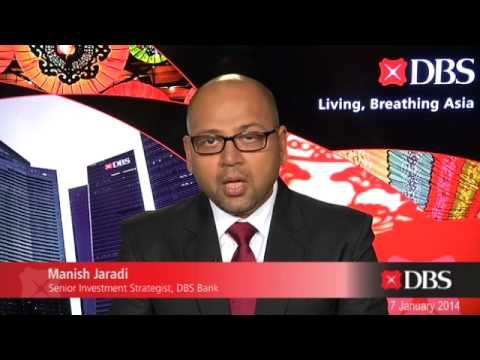Taper Tantrums 3 Myths About Quantitative Easing
Post on: 28 Апрель, 2015 No Comment

Related
The Federal Reserve concludes a meeting of the Federal Open Market Committee later today, and markets are anxiously awaiting what the committee will decide with regards to the central banks monthly purchases of $85 billion in government debt and mortgage-backed securities. Fed chair Ben Bernanke has previously indicated that the central bank may decide to begin scaling back these purchases, which has caused stress in financial markets as investors fear the end of central bank stimulus.
But the markets reaction to rolling back of quantitative easing has always been a bit confusing. The main point of the program is to lower long-term interest rates, but when Bernanke announced the possibility that the Fed would scale back the program, the market began to expect future short-term interest rates to rise, suggesting that it did not understand or believe what the Bernanke was saying. Furthermore, each time there was news that the Fed might begin to scale back its purchases, the market slid, causing many economists to argue that it was overreacting to what would be a gradual phasing out of the program.
In other words, it would appear that even after many years of the Fed pursuing this new strategy there are many misconceptions as to what the were actually talking about when we talk about quantitative easing. Here are three myths that dominate the discussion:
1. Quantitative Easing is printing money: Politicians, journalists and market participants often refer to quantitative easing as printing money. This is because when the Fed buys bonds from banks it does so by crediting those banks accounts at the Fed with reserves that didnt exist before. But its misleading to call this process money printing because it doesnt actually do anything to increase the amount of money in circulation. In fact, in our monetary system, most money is created by private banks and not the Federal Reserve. When a bank lends you money on your credit card, thats printing money. When the government buys bonds from banks, it merely raises the price of that particular type of bond and lowers the interest rate. Lower interest rates might encourage consumers to take out loans, but it wont actually lead to more money in the system unless banks create money through making loans. And banks wont do that unless they identify profitable lending opportunities.
2. Quantitative Easing will eventually lead to inflation: For this reason the fears that quantitative easing will eventually lead to runaway inflation are unfounded. If the government literally began printing money and started mailing out new $100 bills to citizens, that would lead to price inflation. But quantitative easing isnt the equivalent of mailing out $100 bills its merely the managing of long-term interest rates much in the same way the Fed always has managed short-term interest rates. This is not to say that Fed policy cant ever lead to inflation keeping interest rates too low for too long can encourage the sort of spending that would cause prices to rise too quickly. But the idea that interest rates are too low right now doesnt make a lot of sense given the large amount of slack in the economy as shown by high unemployment and stagnant wage growth.
3. Quantitative Easing is responsible for recent stock market highs: This also means that those who argue that recent stock market highs are the result of QE are wrong. Fed bond buying will cause bond prices to be higher and interest rates to be lower, and this will encourage investors to choose stocks over bonds at the margin. But no amount of federal bond buying is going to cause a particular stock to be a good buy if an investor doesnt think that stock will provide a return. QE may boost profits by reducing the interest rates firms have to pay on their debt, but its not going to create profitable enterprises out of this air. A much more plausible reason for record stock prices is that corporate profits and profit margins are at all time highs.
So whats the point then of QE and what effect has it had? By buying long-term government debt and mortgage bonds, the Fed lowers interest rates companies and consumers must pay to borrow money. On the margin, this will lead to a bit more investment and slightly higher stock and home prices. The theory is that by boosting wealth through these channels, consumers and businesses will be more confident and willing to spend. And the evidence says that QE has had a slightly positive effect on the economy. But though the press often refers to QE using terms like massive and unprecedented, it doesnt mean that it is a particularly risky policy or one that deviates much from what the Fed normally does. And thats why we shouldnt get too worked up about its being wound down.














